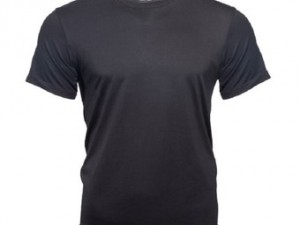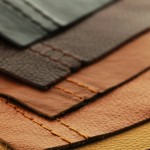Four Steps to Identify Fake Shirts

The epic battle against fake shirts continues. Each and every day, fake products are available on markets and the problem is, most people can’t distinguish the authentic one from the fake.
Fakes are getting tougher and tougher to distinguish from the real ones as production houses who produce the real ones are starting to “knock off” the exact work that they do for exclusive extravagance labels. However, to highlight the difference one has to look at the details. Listed below are four good details to look for when trying to identify a fake from a real product
Instructions
-
1
Logos and labels
Logos and labels are often times cut off, and not aligned at the seams of fakes. Aligning those logos and labels is time consuming, and is a real sign of expert craftsmanship and expense (its way cheaper to just put two pieces of fabric or leather together at any casual point than it is to have to carefully align the logo pattern. Another point about the logos is that they may even be printed erroneously! How embarrassing it would be if our bag said "Pravda" instead of "Prada"! Most Collar labels err in spelling, font shape, size and positioning -
2
Quality
The quality of the leather or fabric will be compromised in counterfeits, because as you know the technique to get costs down is to use a cheaper substitute. Again--you acquire what you fee for. A counterfeit doesn’t have the maintenance and expertise put into it that a real designer shirt has, which means the fabric and pattern won’t line up at the seams.
Note: Each genuine shirt should have a product tag with its Universal Product Code which will be recognized in the company's computer. The product tag contains keywords or key phrases. A UPC codes allow products to be chased throughout the entire delivery process. A unique UPC code is obligatory for every product. -
3
Plastic wrap
Every authentic clothing line will have their logos in scripted on wrapping plastics. The value of the plastic is also helps to draw your attention to how authentic the cloth may be. Although fake shirts will be in plastics, the designer's logos will be absent -
4
The price
The most common technique to identify a fake is to study the price. You must pay top currency for designer goods, so if it’s a loud deal, it’s probably not real. Generally never purchase something that is priced less than 30% below the original designer price. -
5
If you are going to be purchasing your product from a store that isn't the designer you want, ensure you do your research first. Make sure you inspect over every feature of your designer good before you try to determine genuineness. The logo, needlework and packaging each offer vital clues to help you determine whether your purchase is real or fake.






